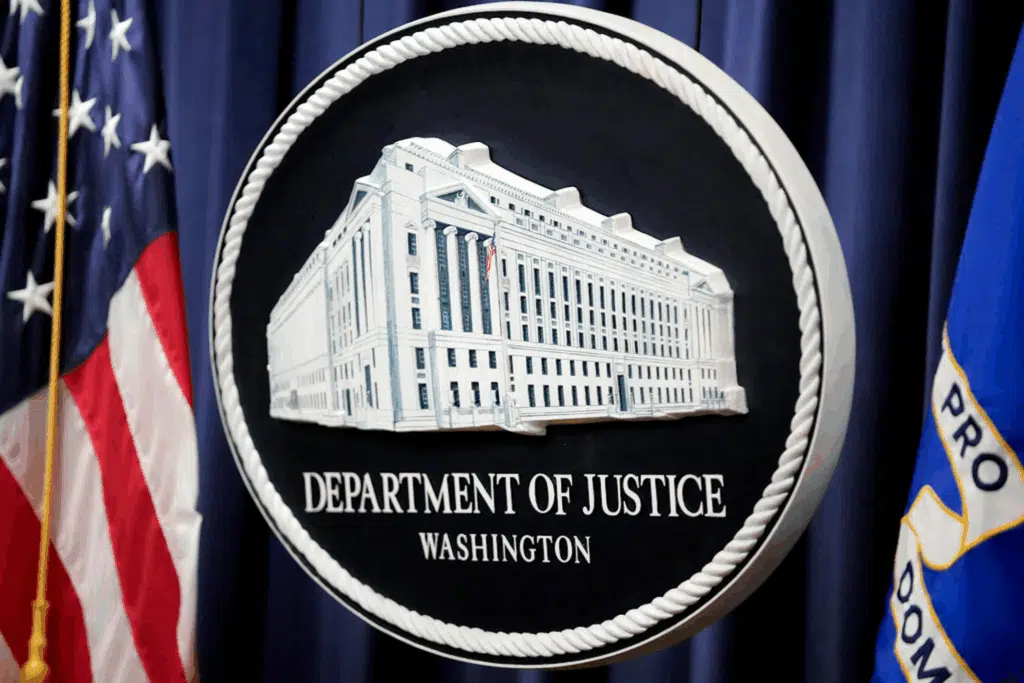
Loneliness Is a Problem that Communities – Not Government – Are Best Equipped to Address
In a report released earlier this month, U.S. Surgeon General Vivek H. Murthy argued that loneliness and isolation are killing and dividing Americans. Loneliness, Dr. Murthy reports, can be as dangerous to our health as smoking 15 cigarettes a day, and increases the risk of premature death by nearly one-third. It’s also linked to higher risks of heart disease, stroke, addiction, self-harm, and dementia.
Given the profound stakes, our country must rebuild the social bonds that have deteriorated even further since the pandemic. As Dr. Murthy says, we need a movement to mend the social fabric of our nation.
But we can’t vote or legislate this movement into being – nor can we outsource or wait for others to do it. Dr. Murthy is right that loneliness is a grave issue that we must urgently address, but his treatment plan – a “National Strategy to Advance Social Connection” that would invest federal dollars into a host of government programs – is the wrong prescription. We must begin reweaving the social fabric by building it in our everyday lives.
The more lasting antidote to loneliness – and to so many of the problems affecting our communities – is the meaningful relationships and a sense of purpose created by individuals choosing to engage one another and take action in our communities.
While Dr. Murthy’s framework correctly recognizes social connection as a solution to some of the major health crises in the United States, most of his plan requires heavy-handed government intervention that would do little to address the roots of loneliness and isolation.
For instance, the framework recommends pouring money into public transportation, housing, and education policies, investing in health care and research, and enacting so-called pro-connection public policies. But channeling more money into existing programs won’t magically reverse the isolation crisis. If money were the solution, our country would’ve eradicated poverty years ago.
And more government involvement in the issue could have significant unintended consequences. During the pandemic, sweeping government mandates shuttered schools and businesses, creating isolation, not to mention a distrust in our country’s public health institutions. As we’ve seen, impulsive policies can backfire in unexpected ways, so relying on sound science to address this crisis is critical.
Simply put, Dr. Murthy’s top-down government response is not the most effective way to rebuild the bonds of social connection in the United States.
Rather than boosting funding for existing social programs, the government ought to recognize that the solution to the problem is, well, us; it’s people coming together to engage in a common cause. Often, local organizations are the vehicle to channel this spirit and equip individuals with the tools and resources they need to accelerate and supercharge their impact.
People-led programs can pivot quickly and develop catered solutions to the distinct populations they serve. As the surgeon general identified in the advisory, certain Americans are more at risk of experiencing loneliness and the mental health issues it can bring about. Since loneliness and isolation can develop from varying struggles, it’s important to offer varying solutions rather than relying on a sweeping, one-size-fits-all approach.
Consider the well-documented link between loneliness and addiction. The Phoenix, an organization that uses free group fitness and other classes to create a community around becoming and staying sober, reports that 87% of participants stay sober after three months. In comparison, the national average relapse rate for those with substance use disorders is between 40 and 60 %, according to the National Institute on Drug Abuse. By helping those in recovery build personal relationships, The Phoenix community has a relapse rate half that of the best treatment centers in the country.
Organizations like The Phoenix show that the power of community can be profound and meaningful relationships are clearly a part of a healthy life. The success of the person-led model challenges the notion that substance use disorders can be “programmed” away by a government agency. Rather, people – especially those with lived experience – are able to meet others who are struggling where they are and be part of the solution.
As Dr. Murthy argues, loneliness is a serious issue facing our nation and it’s crucial to build more connected communities. However, the most effective solutions come from people closest to the problems themselves. Centralized decision-making is no substitute for a localized approach in which people are empowered to address challenges they know best.
Tom Romeo is the associate director of health care at Stand Together Trust.
This article was originally published by RealClearPolicy and made available via RealClearWire.



